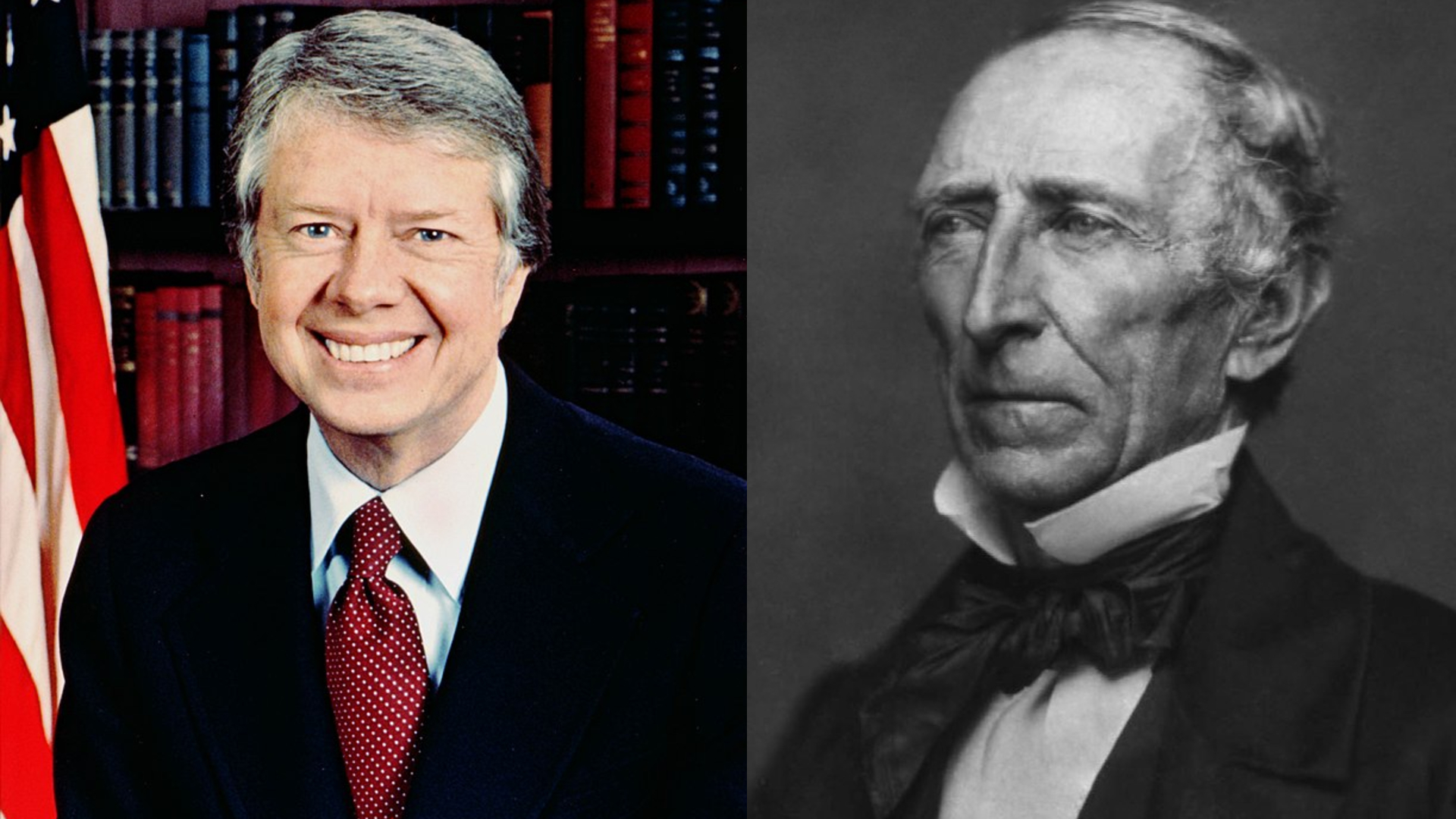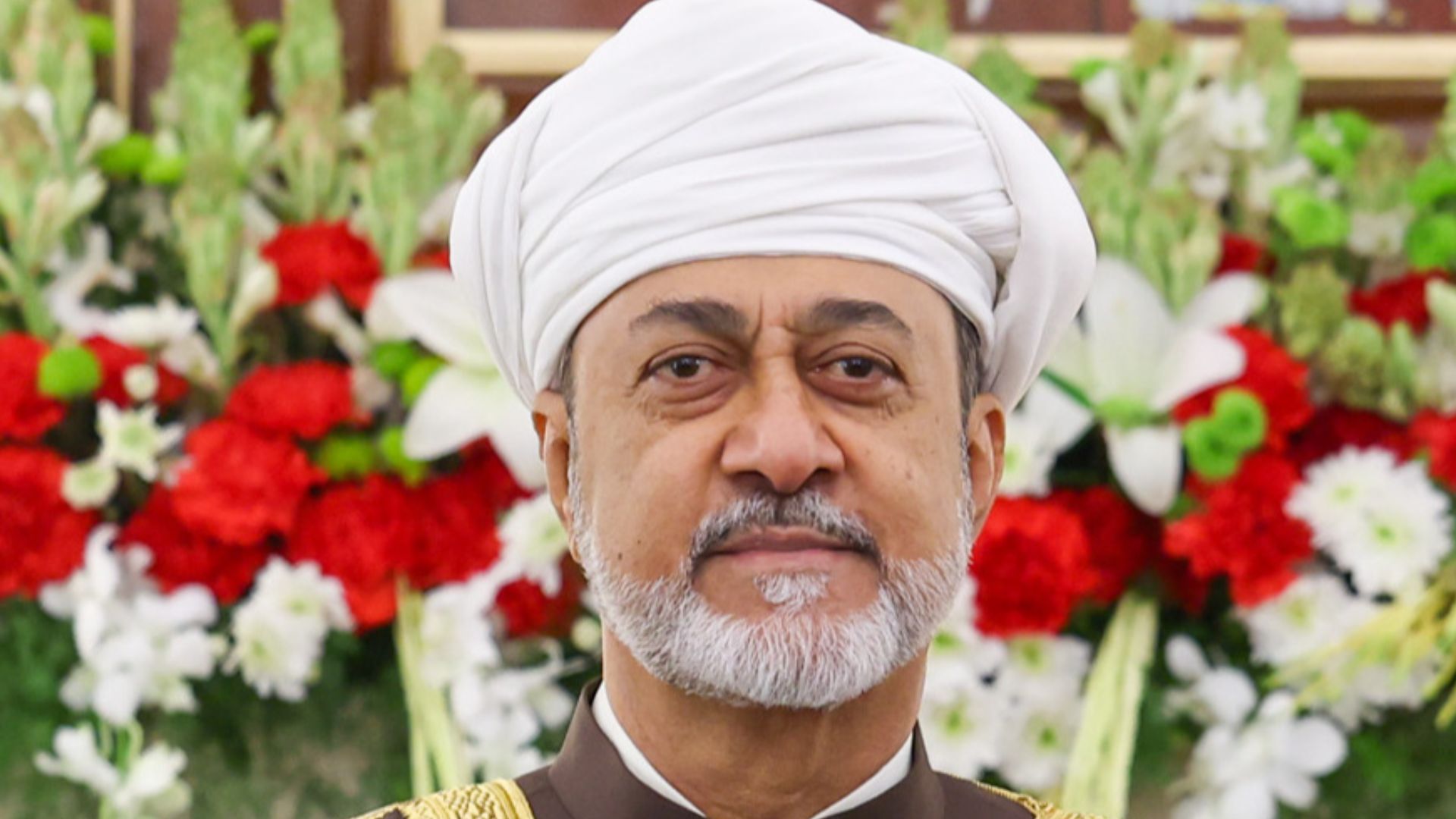The 10 Most Prominent Monarchies & 10 You've Never Heard Of
Grand Monarchs Vs. Humble Kings
Monarchies may seem like relics of the past, but many still hold cultural sway or political power today. Some dominate headlines and history books, while others quietly reign in obscurity. If you’re a history buff, keep reading to uncover 10 of the world’s most influential monarchies and then 10 lesser-known crowns still shaping their nations.
1. House Of Windsor (United Kingdom)
Few monarchies command global fascination like the British royal family. With King Charles III at the helm, the Windsors serve as heads of state across 15 countries, including Canada and Australia. Their blend of tradition and media magnetism keeps them center stage.
2. Imperial House Of Japan
In Japan, the monarchy predates every other still in existence. Emperor Naruhito is a heritage figurehead rather than a political force, showing national continuity. The Chrysanthemum Throne symbolizes centuries of Shinto tradition and diplomacy. It remains a powerful thread in Japan’s identity.
 TICAD7 Photographs on Wikimedia
TICAD7 Photographs on Wikimedia
3. House Of Saud (Saudi Arabia)
The rulers wield far more than ceremonial authority. King Salman and Crown Prince Mohammed bin Salman lead an oil-rich autocracy central to Middle Eastern politics. Their leadership shapes global energy markets and religious tourism alike. Mecca, Medina, and massive oil reserves ensure their sustained international spotlight.
 U.S. Department of State from United States on Wikimedia
U.S. Department of State from United States on Wikimedia
4. House Of Bourbon (Spain)
Spain’s royals have seen a lot—from empire days to modern democracy. King Felipe VI took over with a cleaner image after years of royal drama. The monarchy still means something to many Spaniards, balancing politics and tabloid attention with a European flair that’s hard to ignore.
 Palácio do Planalto on Wikimedia
Palácio do Planalto on Wikimedia
5. Chakri Dynasty (Thailand)
As pillars of tradition, Thailand’s kings shape the nation’s cultural fabric. The late King Bhumibol’s long reign earned international admiration, while his son’s rule continues under close watch. The monarchy’s resilience in the face of coups and reform drives its enduring relevance.
 Harry Pot / Anefo on Wikimedia
Harry Pot / Anefo on Wikimedia
6. House Of Orange-Nassau (Netherlands)
The Dutch royals manage to keep things classy yet grounded. King Willem-Alexander is often spotted on a bike or chatting casually at public events. Behind the easygoing image, they help promote Dutch trade and culture worldwide—no fuss, just tradition done the Dutch way.
7. House Of Glücksburg (Denmark)
In Denmark, monarchy meets modernity. The transition from Queen Margrethe II to her son Frederik X in 2024 marked a generational shift with minimal disruption. Their influence spans not only Denmark but also the Faroe Islands and Greenland. Centuries of steady leadership have earned lasting public affection.
8. House Of Glücksburg (Norway)
Norway’s royals have championed inclusivity and peace. King Harald V is known for emotionally resonant speeches and steady constitutional stewardship. The monarchy draws from Viking lineage but functions through humble accessibility today. Norway’s stable governance and Nobel Peace Prize connection heighten its royal profile.
 Estonian Foreign Ministry on Wikimedia
Estonian Foreign Ministry on Wikimedia
9. House Of Bernadotte (Sweden)
This royal family is one of a kind. King Carl XVI Gustaf has led since 1973, with Crown Princess Victoria breaking ground as a future female monarch under a gender-neutral succession law. Their high visibility in environmental and social causes keeps them both relevant and respected.
10. House Of Grimaldi (Monaco)
Monaco may be tiny, but its monarchy punches above its weight in popularity. Prince Albert II balances global philanthropy and climate advocacy. The royal family's celebrity ties, including Grace Kelly’s legacy, ensure persistent intrigue.
The next ten are rarely mentioned, but each holds a unique place in its nation's identity, preserving tradition in the shadows of the modern world.
1. Tupou Dynasty (Tonga)
Deep in the Pacific, Tonga’s monarchy subtly persists. King Tupou VI leads this island nation of around 100,000 people, blending Polynesian customs with a modern constitutional framework. Despite its democratic reforms, Tonga rarely features in mainstream global discussions.
 Cpl. Brittney Vito on Wikimedia
Cpl. Brittney Vito on Wikimedia
2. House Of Dlamini (Eswatini)
Eswatini stands among the last existing absolute monarchies. King Mswati III holds sweeping authority over a nation of 1.2 million, where annual rituals like the Reed Dance preserve centuries-old Swazi traditions. This autocracy is largely unexamined outside African political circles.
 U.S. Department of State on Wikimedia
U.S. Department of State on Wikimedia
3. House Of Moshesh (Lesotho)
Lesotho’s mountain kingdom operates within a parliamentary democracy, but King Letsie III remains a national symbol. Surrounded entirely by South Africa, Lesotho often escapes global notice. Its existence remains unfamiliar to most outside southern Africa.
4. House Of Bolkiah (Brunei)
Sultan Hassanal Bolkiah governs Brunei with full executive authority. Despite the vast oil wealth, the sultanate’s tiny population and conservative Sharia-based policies attract little global media coverage. His absolute monarchy endures in silence, in contrast to nearby democracies.
 Chin Yu Chu / Pangalau on Wikimedia
Chin Yu Chu / Pangalau on Wikimedia
5. Wangchuck Dynasty (Bhutan)
Bhutan's royal family is known for pioneering the concept of Gross National Happiness. King Jigme Khesar Namgyel Wangchuck has symbolized a peaceful transition into democracy since 2008. It’s high in the Himalayas and essentially closed to outside influence.
 Royal Family of Bhutan on Wikimedia
Royal Family of Bhutan on Wikimedia
6. House Of Liechtenstein (Liechtenstein)
Despite being located in the heart of Europe, Liechtenstein’s monarchy often flies under the radar. Prince Hans-Adam II and now his son Alois, as regent, wield more political power than most European royals. The country’s small size and financial discretion contribute to its royal obscurity.
7. Co-Princeship (Andorra)
Andorra’s leadership is shared in a rare political arrangement. Its co-princes—Emmanuel Macron and the Bishop of Urgell—serve as ceremonial heads of state. Perched between France and Spain, this microstate of 80,000 quietly balances medieval legacy with modern parliamentary function.
8. Ashanti Kingdom (Ghana)
In Ghana, the Ashanti royal line remains a powerful symbol of heritage. The Asantehene, currently Otumfuo Osei Tutu II, holds ceremonial sway and leads cultural festivals like Akwasidae. This centuries-old kingdom remains hugely respected in West Africa, even if it’s virtually unknown to outsiders.
9. Customary Kingdoms (Wallis And Futuna)
Wallis and Futuna retain three ceremonial kings within a French territory. Uvea, Alo, and Sigave each crown a local ruler based on customary law. The territory has approximately 12,000 residents and limited self-governance, so chances are, many people from other continents have not heard of it.
 Victor Segalen (1878-1919) on Wikimedia
Victor Segalen (1878-1919) on Wikimedia
10. Al Said Dynasty (Oman)
Sultan Haitham bin Tariq keeps a quiet grip on power in one of the Gulf’s least flashy monarchies. While neighbors' court headlines, Oman leans into neutrality and tradition. Its Ibadi Islamic roots and calm diplomacy keep the monarchy functional, yet it’s barely discussed beyond regional circles.
KEEP ON READING

1 Weird Fact About Every President
Washington, Lincoln, FDR. Most people know something about the lives…
By Robbie Woods Dec 3, 2024
10 Actors Who Perfectly Played a Historical Figure & 10…
Which Performance is Your Favorite?. Playing the role of a…
By Rob Shapiro Sep 15, 2025
10 Amazing Popes & 10 Who Weren't So Great
An Odd Cast of Characters Throughout History. From popes who…
By Henry Judd Apr 29, 2025
10 Ancient Civilizations You Don’t Want to Be Trapped In…
Grab Your Time Machine. Trying to pick out an ancient…
By Farva Ivkovic Feb 21, 2025
10 Ancient Lost Cities Yet To Be Found & 10…
Will You Find The Next Lost City?. Based on our…
By Breanna Schnurr Aug 27, 2025
10 Brilliant Military Tactics That Changed History & 10 That…
That Time Egypt Fought 100 Cats. Sometimes reality is stranger…
By Farva Ivkovic Jan 22, 2025











